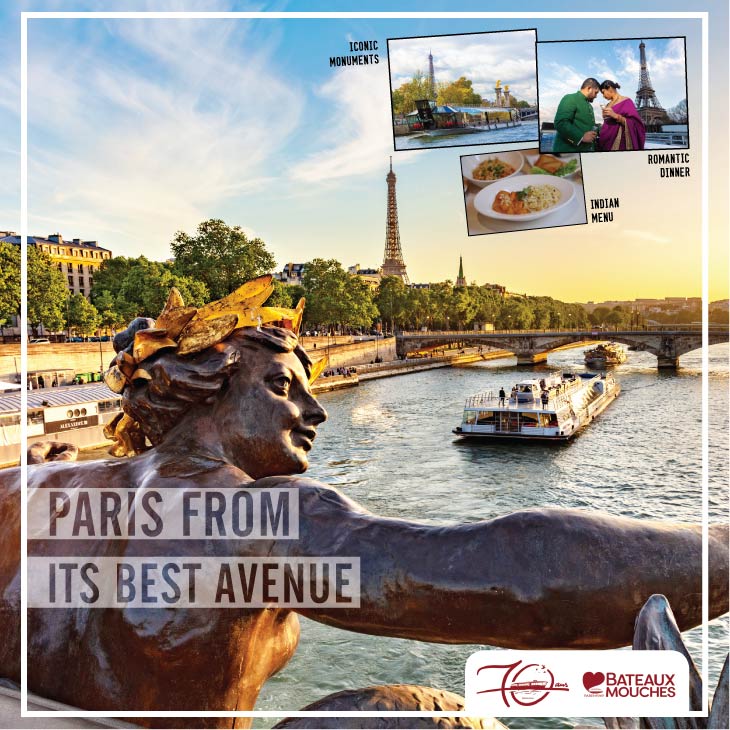
Considered an all-time favourite winter destination, this small city is sure to surprise visitors with the number of monuments and sites that it has to offer
Located about 875 km south of the Egyptian capital Cairo, Aswan is set in the serene Nile Valley and it is here that the Nile is said to look more majestic than anywhere else. It also shares its name with one of the oldest and largest dams on the Nile, the Aswan Dam.
Considered an all-time favourite winter destination, this small city is sure to surprise visitors with the number of monuments and sites that it has to offer. For tourists intending to visit the city, here are top 5 attractions that one should definitely visit on a trip to Aswan, that is known as Egypt’s sunniest southern city.
Temple of Philae
Though Egypt and Aswan are adorned with a number of beautiful temples, there is perhaps none that can match the striking beauty of the country’s iconic temple dedicated to the Egyptian mother goddess Isis, the temple of Philae.
Located on the scenic Aglika Island, just south of the old Aswan Dam, the temple of Philae is one of the country’s most spectacular and well preserved sanctuaries. Do note that one will have to take a motorboat in order to get to the island.
On entering the island, visitors are greeted by a grand 18 metre high gateway with towering pylons on each side, before being led to the main temple area in the temple of Isis.
With towering walls engraved with carved pictures, the walls of Philae depict scenes from Egyptian mythology, of which one of the most famous is the story of how Goddess Isis brings her husband, the principal Egyptian God Osiris who was murdered and dismembered by his brother Seth, back to life and then gives birth to their son, Horus.
Apart from the temple of the main deity Isis, surrounding the main building of Philae are several smaller temples, a kiosk, and remnants from the Byzantine era during the rule of Eastern Roman Empire.

Temple of Philae
Since the temple carries traces of the Greek, Roman, and Byzantine architectures, history lovers will be delighted as they stroll amongst its breath-taking columned hallways and yards.
An interesting thing to note about the temple is that the entire architecture was actually disassembled from the island of Philae and moved to Aglika Island by UNESCO, in order to avoid being submerged, following the construction of the Aswan High Dam. It was then carefully assembled back again and even landscaped to match the original layout and site of the temple.
Kitchener’s Island
Less than a kilometre long, the El Nabatat Island, also called the Kitchener’s Island is an ultimate treasure trove for nature lovers.
The tiny oval shaped island in the river Nile at Aswan actually belonged to Lord Horacio Kitchener, an Anglo-Irish senior British Army officer who turned the entire island into a botanical garden in 1928.

Kitchener’s Island
Filled with shady trees, beautiful flowers and unique plants, the Kitchener’s Island is a tranquil paradise. There is also a number of rare palm trees found here such as the Royal Palm tree, the Sabal Palm tree, and the Phonic Palm tree. Aside from its already exquisite collection of flora, the island is also home to a number of rare exotic birds. One is sure to get a glimpse of their colourful wings flapping amongst the branches of the trees when strolling down its sidewalks on a quiet afternoon.
Though the island has 3 entrances, the main entrance is located on the northern tip of the island and has an entrance fee of EGP 10 (INR 40).
High Dam
When in Aswan, it goes without saying that the High Dam is a must visit in the itinerary of any tourist in the city.
Located 13 km south of Aswan, the High Dam is an impressive archaeological concrete embankment dam that is built across the Nile River and is situated at the northern border between Sudan and Egypt.

High Dam
At 3600 metres long, 980 metres thick at base and 111 metres tall, the dam has amassed the waters of Lake Nasser, that was once the world’s largest man-made lake, behind it.
The dam is hailed as an engineering marvel and plays an important part in providing irrigation water and electricity for the whole of Egypt itself. If not for the dam, the Nile river would be flooded throughout the year. The building is also the reason behind the relocation of many famous sites such as the temple of Philae.
Due to its magnificent height, it provides an impressive view of the Nile river. One can also see Lake Nasser up close from here. Th3e view may perhaps encourage one to take a boat ride in the lake, however do keep in mind that no matter how tempting it may seem, never dare to swim in Lake Nasser.
To get a tour of the dam, one can book through one’s hotel or through any tour operator in town.
Mausoleum of the Aga Khan
Though at first glance, this remarkable architecture in Aswan may appear as an austere and isolated building, it is however far from what one would consider seen neglected as it is the norm with isolated structures.
Located on the west bank of the Nile, the Mausoleum of the Aga Khan is a striking establishment. Inspired by the architecture of the Cairo Fatimids, the building is recognisable by its elegance and special use of pink granite.

Mausoleum of the Aga Khan
The mausoleum was built in honour of Sultan Mahommed Shah, the Aga Khan III, the spiritual leader of the Ismailis, a Shi’ite sect, which mainly developed in India. After his death in 1957 his wife Yvette Blanche Labrousse requested to build the mausoleum.
On entering the building one will find the interior featuring light colours and a well-maintained red carpet. The entrance to the mausoleum requires a difficult climb on a stepped path, followed by a promenade from which a flight of steps comes up.
Do note that it is etiquette for every visitor to keep silent out of respect.
Aga Khan’s wife was well known to always leave a red rose on his white Carrara marble tomb until her own death in 2000. To this day, as per her request, one can still find a red rose resting on the tomb.
To visit the site, always check for available times and tours in Aswan to see when the Aga Khan Mausoleum is open to the public for it is one of the grandest and most romantic attractions in the city.

Aswan Souk
Aswan Souk
When visiting any destination, is it not a norm for one to buy something to take as souvenirs back home? Even if one does not want to take back anything home, it is still exciting to peek into the market of the local area. So, for those seeking to visit the local market of the city for whatever may be the reason, the Southern city of the country provides just the perfect market- the Aswan Souk.
Locally known as Sharia as-Souq, Aswan Souk is a colourful buzzing bazaar that offers both Egyptian and African goods. If you are short in terms of budget, you are in for luck, since the Souq is the cheapest place to buy souvenirs in the country’s sunniest southern city. Located about four blocks from the River Nile and running about seven blocks in parallel to the river, the bazaar offers plenty of Egyptian and African goods.
Here, wander around and witness a wide variety of goods sold by traders. These goods include from all range such as perfumes, peanuts, henna powder, dried hibiscus flowers, spices, T-shirts and even custom made ancient Egyptian style souvenirs. In side alleys one can also find traders selling Nubian artifacts including skullcaps, talismans and baskets, Sudanese swords, spices and carpets, and stuffed animals such as crocodiles.


















